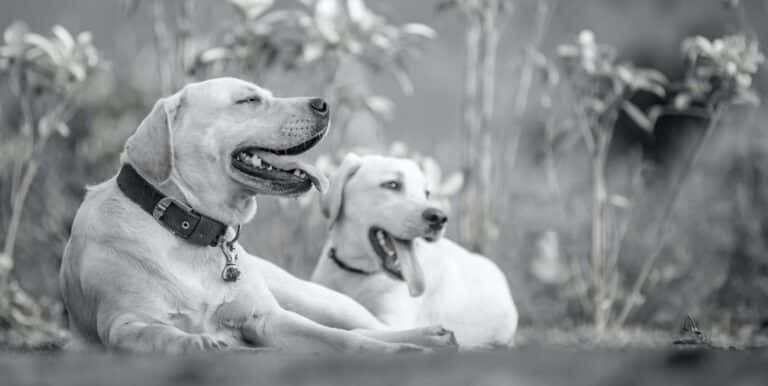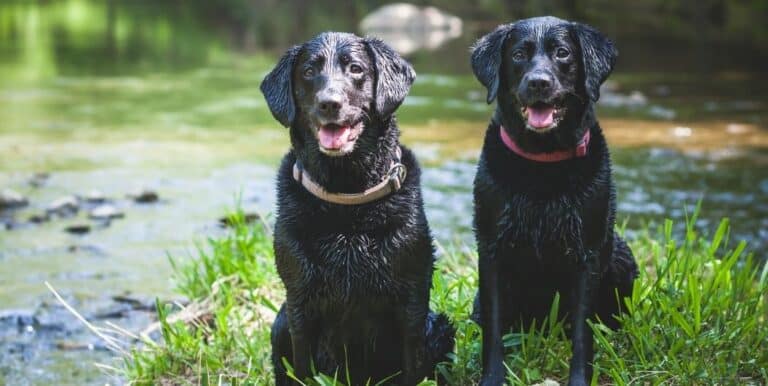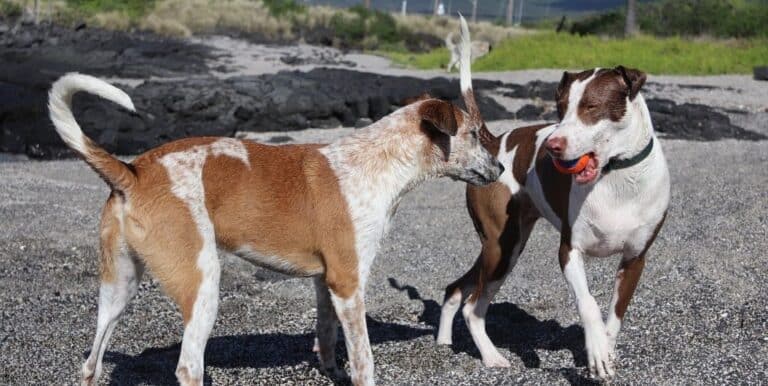How Do I Treat a Dog Wound?

Treatment of a dog wound depends upon the severity of the injury, but typically the first step in treating a dog wound is to clean it. It is important to consider a dog’s temperament when treating a wound because when dogs are afraid, or in pain, they might act out or try to bite. In these cases, a soft muzzle should be used to prevent this from happening. A makeshift muzzle can be made by tearing strips from a soft cloth or gauze and wrapping them around the dog’s snout. If the dog is acting especially aggressive, timid, or anxious, the dog should be immediately transported to an emergency veterinary facility.
If the dog wound is bleeding profusely, home care might not be the best or safest option. When bleeding is severe, the dog needs to be taken to the nearest animal hospital or veterinarian who can asses the wound and stop the bleeding. Only if the wound is mild should the dog’s owner treat it himself. Efforts should be made, however, to stop the bleeding by applying firm pressure to the area with a clean cloth and holding it there for at least 15 minutes.

The dog wound needs to be evaluated to determine if glass or other foreign material has been embedded into the wound. If so, the debris needs to come out. Prior to treating a dog wound, the hands should be washed or protective gloves should be worn to avoid transmitting bacteria into the dog’s open wound. If glass or other objects are present in the wound, they should be gently extracted by using a tweezers, and the wound should be washed with a warm water rinse.
An over-the-counter antibiotic ointment used for humans can be applied on a dog wound to discourage bacterial growth and reduce the risk of infection. The dog should be monitored for signs of an infected wound, which may include inflammation, drainage of pus, and a bad odor. The dog should also be monitored for signs of a systemic infection, which might include lethargy, loss of appetite, vomiting, diarrhea, and fever, which can be detected by the presence of a hot nose or mouth. The veterinarian may recommend topical or oral antibiotics to treat an infected dog wound, however, if the dog shows signs of a severe body-wide infection, hospitalization may be necessary in order to initiate intravenous fluids and antibiotics.






